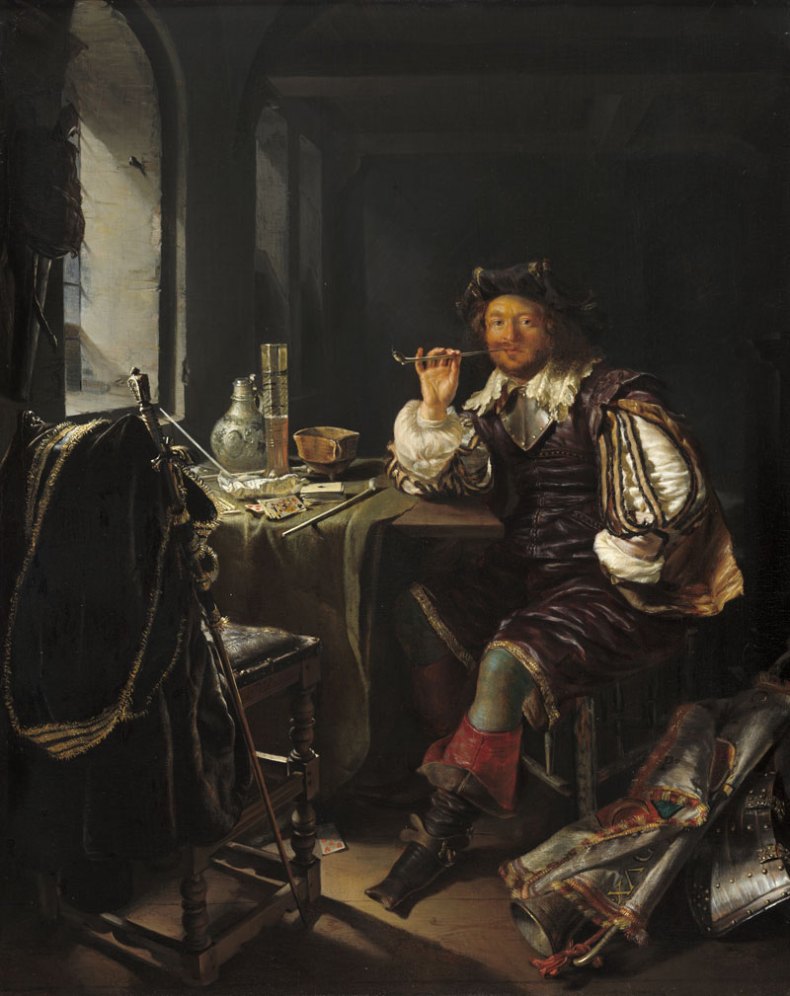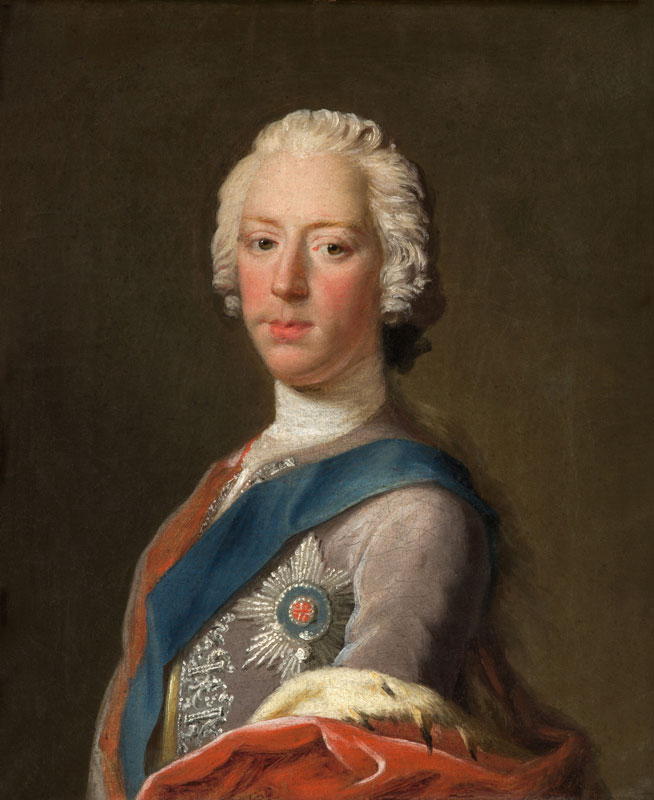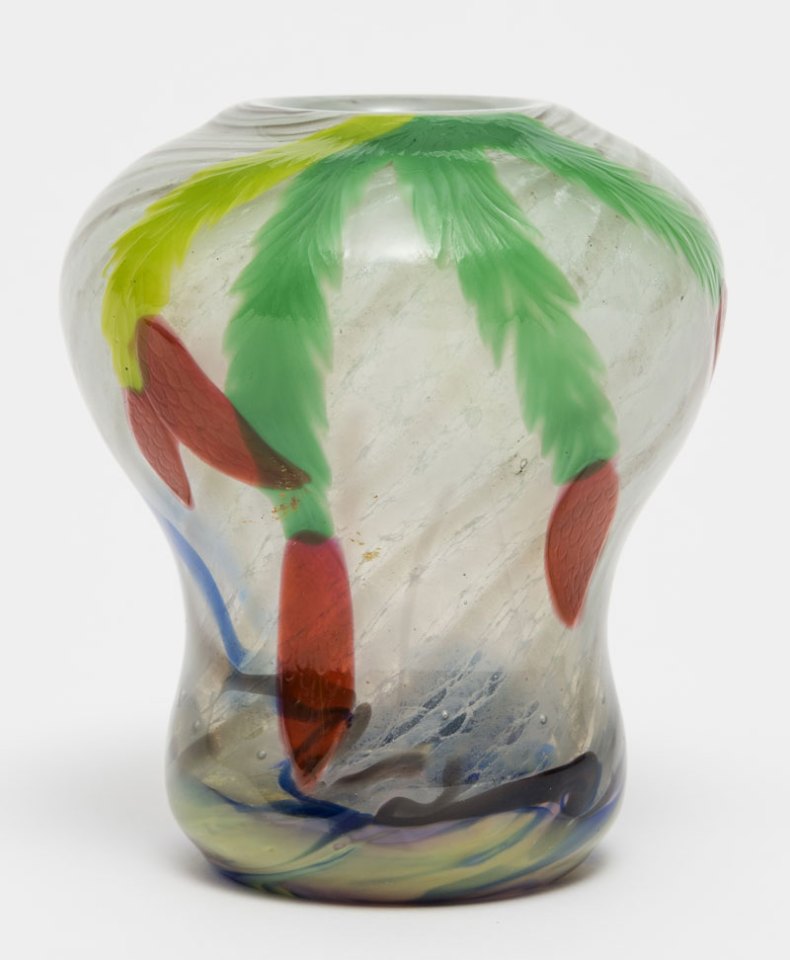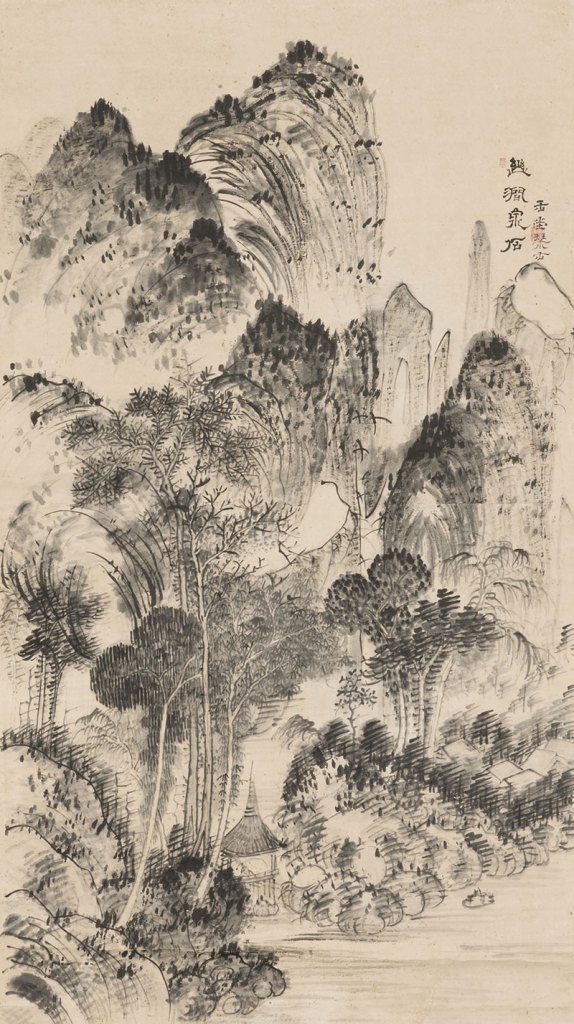Our round-up of the best works of art to enter public collections recently
The National Gallery of Art
The National Gallery of Art’s latest haul of acquisitions is certainly diverse, with works ranging historically from the Dutch Golden Age to the 20th century. One highlight is An Interior with a Soldier Smoking a Pipe (c. 1657) by the Dutch master Frans van Mieris, which showcases the artist’s fine brushwork and incredible attention to detail. Other new arrivals include four prints by Edvard Munch made between 1895 and 1916, and Joan Miró’s beautiful book À toute épreuve (published in 1958), which was made in collaboration with the surrealist poet Paul Éluard. Most of these new works were acquired through private funds or through gifts from private donors.
The gallery has also accessioned 331 works from the Corcoran Gallery of Art, including Thomas Hart Benton’s painting, Martha’s Vineyard (c. 1925) and a number of Andy Warhol photographs.

An Interior with a Soldier Smoking a Pipe (c. 1657), Frans van Mieris. National Gallery of Art. The Lee and Juliet Folger Fund/The Folger Fund
Scottish National Portrait Gallery
Prince Charles Edward Stuart (1745), Allan Ramsay
This portrait of Bonnie Prince Charlie is set to become the centrepiece of the Scottish National Gallery’s impressive collection of Jacobite art. Prince Charles Edward Stuart (1720–88), later known as Bonnie Prince Charlie, made an ill-fated attempt to recapture the British throne during the Jacobite rising of 1745. The portrait is an accomplished early work by the Scottish painter Allan Ramsay, and is thought to have been made at Holyrood in Edinburgh during the rebellion. The portrait has not been housed in Edinburgh since the 18th century, but through the Acceptance in Lieu of Tax scheme, it is now possible for the portrait to return to its home city.

Prince Charles Edward Stuart (1745), Allan Ramsay.
Nationalmuseum Sweden
Christmas Cactus vase (1902), Betzy Ählström
The Christmas Cactus vase (1902) by Betzy Ählström is an important new addition to the Nationalmuseum Sweden’s art glass collection. Ählström was a pioneer in the history of Swedish glassmaking, but only 10 to 15 of her works are known to still exist today. This particular vase was made using an elaborate technique known as marqueterie de verre, which involves rolling the piece in crushed glass while still hot and then reheating it. This new purchase, which is representative of the museum’s aim to include more female designers in their collection, was made possible by a donation from the Anna and Ferdinand Boberg Foundation.

Christmas Cactus vase (1902), Betzy Ählström. License Creative Commons Attribution, No Derivatives. Photographer / Source: Linn Ahlgren/Nationalmuseum
Mauritshuis, The Hague
Vase of Flowers in a Stone Niche (1615), Roelant Savery
The Mauritshuis snapped up this ingenious floral still life before the opening of TEFAF Maastricht, where it was on show at Colnaghi’s stand. It’s no wonder the museum was in a hurry to acquire the piece: the Mauritshuis houses one of the world’s most representative collections of flower paintings but, until now, lacked an example of Roelant Savery’s pioneering work. This painting depicts an impossible bouquet – the flowers pictured bloom at different times of year – and yet it looks thoroughly convincing in its trompe-l’oeil detail. Mauritshuis director Emilie Gordenker described it as ‘without any doubt among the best work of the master’. The BankGiro Lottery, the Rembrandt Association and a private benefactor supported the purchase.

Vase of Flowers in a Stone Niche (1615), Roelant Savery.
Asian Art Museum of San Francisco and the Cleveland Museum of Art
Asian art from the collection of George Gund III
Sports entrepreneur, cinema lover and connoisseur George Gund (1937–2013) amassed an extraordinary collection of Asian art over his lifetime, some of which featured in special exhibitions at the Cleveland Art Museum and Asian Art Museum of San Francisco in 2000 and 2001 respectively. The collector’s bequest greatly strengthens the holdings of both institutions: the Cleveland Museum receives 64 Japanese ink paintings, six Korean paintings, a selection of stoneware and examples of calligraphy, while the Asian Art Museum acquires 140 ink paintings and calligraphic works by some of history’s most admired practitioners.

Scholar’s pavilion by a stream by Uragami Gyokudo (Japanese; 1745–1820). Photo © Asian Art Museum












![Masterpiece [Re]discovery 2022. Photo: Ben Fisher Photography, courtesy of Masterpiece London](http://zephr.apollo-magazine.com/wp-content/uploads/2022/07/MPL2022_4263.jpg)
Apollo at 100